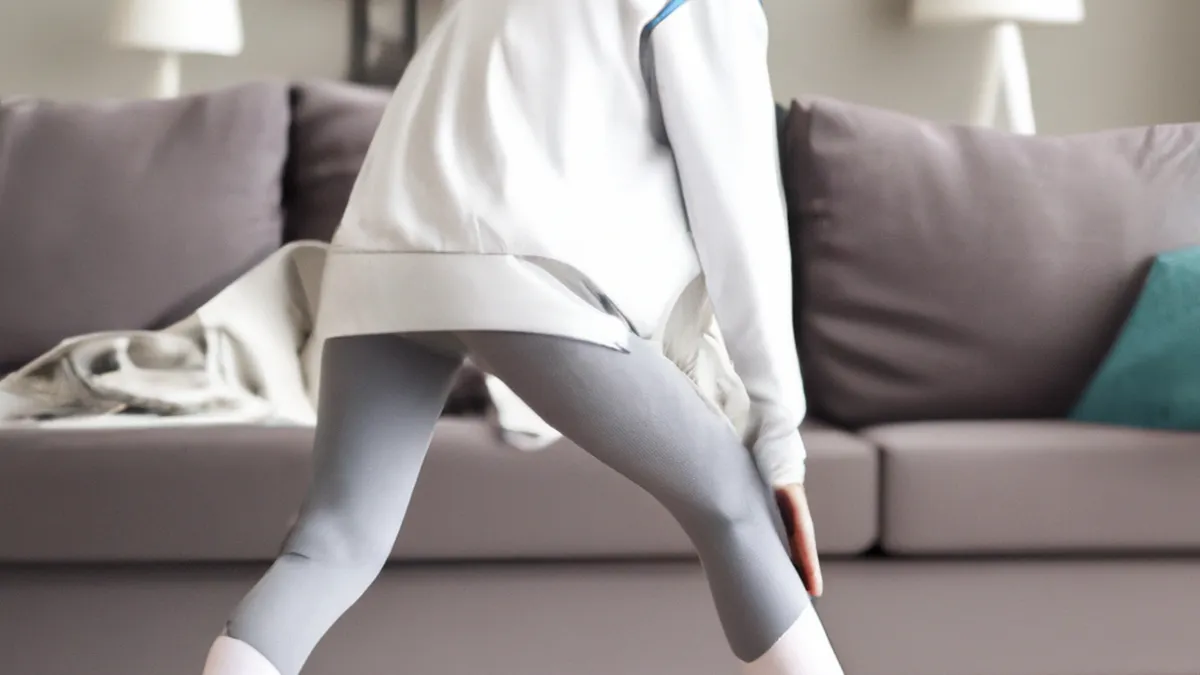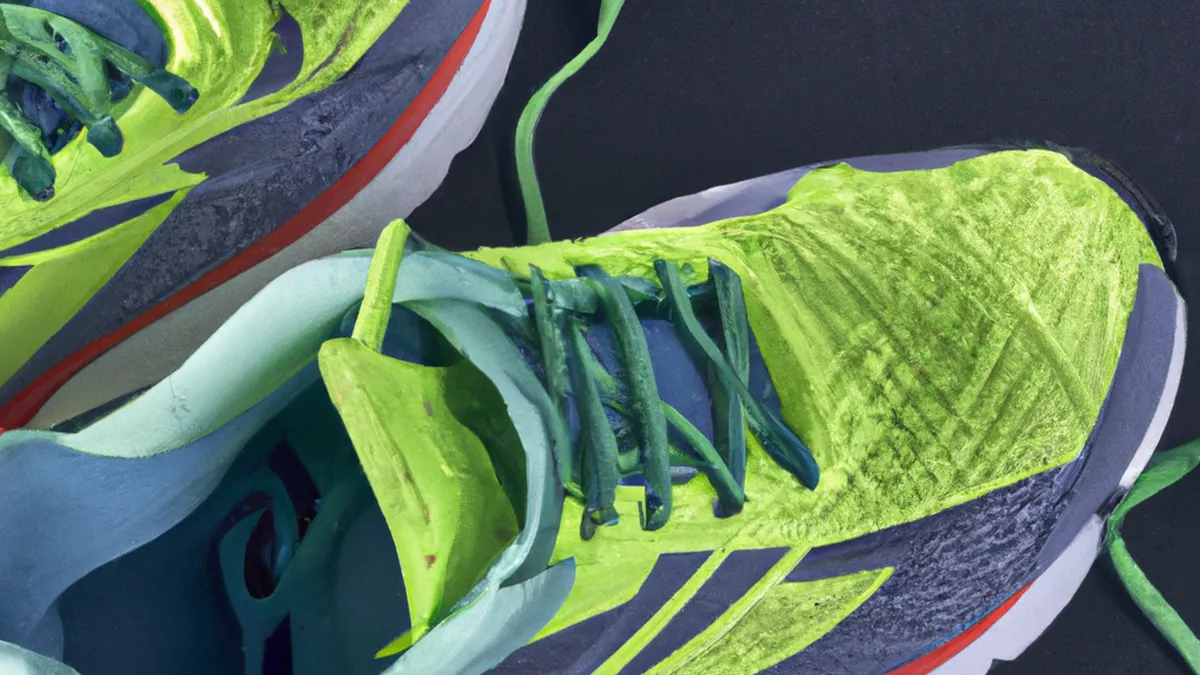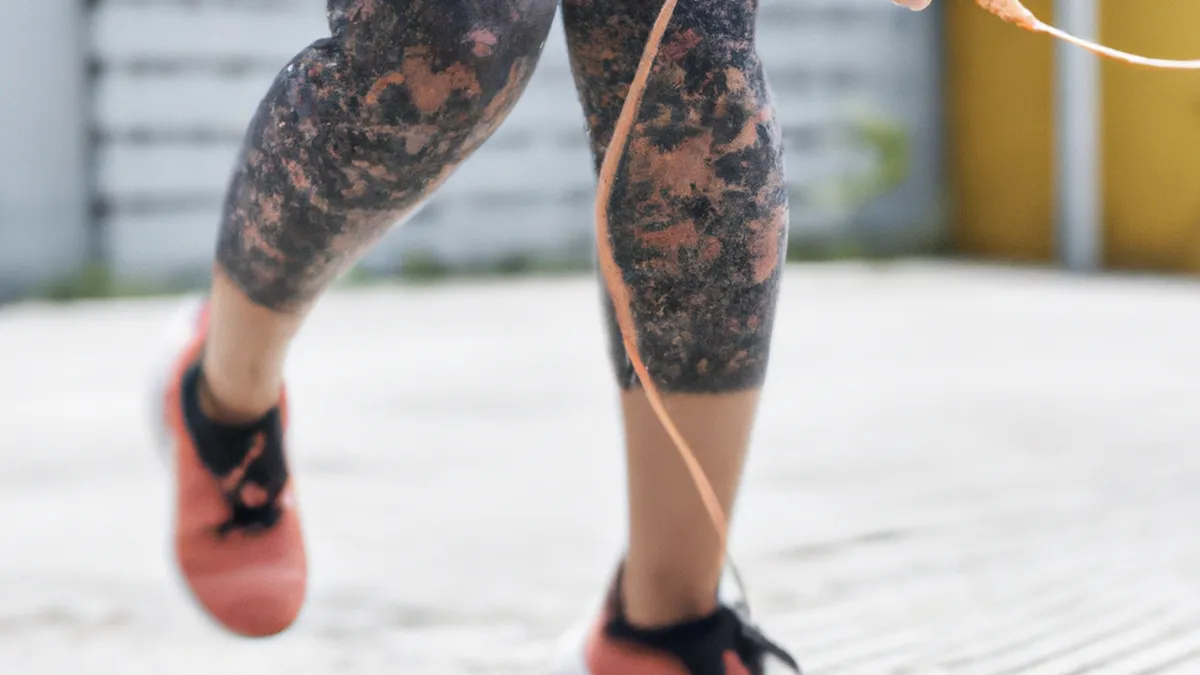Seasonal Shifts: Tailoring Your Jump Routine
Seasonal Plyometric Training AdjustmentsPlyometric training enhances athletic performance through explosive movements. This training improves speed, strength, and agility, making it popular among athletes. As seasons change, adjust your training approach accordingly. This blog explores how to modify your plyometric training throughout the year to maximize performance and minimize injury risk.
Understanding Seasonal Changes
Seasons bring unique challenges and opportunities for athletes. Winter presents colder temperatures and slippery surfaces. Summer offers more outdoor training options and longer daylight hours. Adjusting your plyometric training according to these factors enhances performance while keeping you safe and motivated.
Winter Adjustments
Winter weather can impact your training routine. Snow, ice, and cold temperatures may limit outdoor activities. Find alternative ways to maintain your plyometric training regimen.**Indoor Training Facilities:** Utilize indoor training facilities or gyms during winter. Look for spaces with rubberized surfaces or gym mats to reduce injury risk during high-impact exercises.**Focus on Soft Landings:** Prioritize landing techniques during plyometric exercises. Use softer surfaces for landing, such as mats or padded areas. This approach minimizes injury risk and enhances overall performance.**Adapt to Indoor Settings:** Modify your plyometric exercises for indoor settings. If space is limited, choose vertical jumps, lateral bounds, or explosive push-ups. These exercises provide plyometric benefits in smaller areas.
Spring and Summer Adjustments
In spring and summer, athletes enjoy more outdoor training opportunities. Warmer weather and longer days boost motivation and performance. Incorporate varied surfaces into your plyometric routine.**Take Advantage of Varied Surfaces:** Experiment with different outdoor surfaces like grass, sand, and tracks. These surfaces challenge your muscles in new ways. For example, jumping on sand enhances strength and stability.**Gradually Increase Training Volume:** Increase your training volume gradually as temperatures rise. Overtraining can lead to injuries and setbacks. Listen to your body and adjust workouts when necessary. Mix high-intensity plyometric drills with lower-intensity recovery sessions.**Stay Hydrated:** Hydration is vital for optimal performance.
Conclusion
As an Amazon Associate I earn from qualifying purchases.
Gear tip: consider kettlebell, adjustable dumbbells, and olympic barbell to support this topic.
Adjust your plyometric training throughout the year to optimize performance and reduce injury risks.
Below are related products based on this post:
FAQ
How does plyometric training benefit athletes?
Plyometric training enhances athletic performance through explosive movements, improving speed, strength, and agility. This makes it a popular choice among athletes looking to elevate their game.
What adjustments should be made for winter training?
During winter, athletes should seek indoor training facilities with rubberized surfaces to reduce injury risk. Additionally, focusing on soft landings and modifying exercises for limited spaces can help maintain an effective plyometric routine.
What considerations are important for spring and summer training?
In spring and summer, athletes should take advantage of varied outdoor surfaces and gradually increase training volume as temperatures rise. Staying hydrated and mixing high-intensity drills with lower-intensity recovery sessions is crucial for optimal performance.















Post Comment